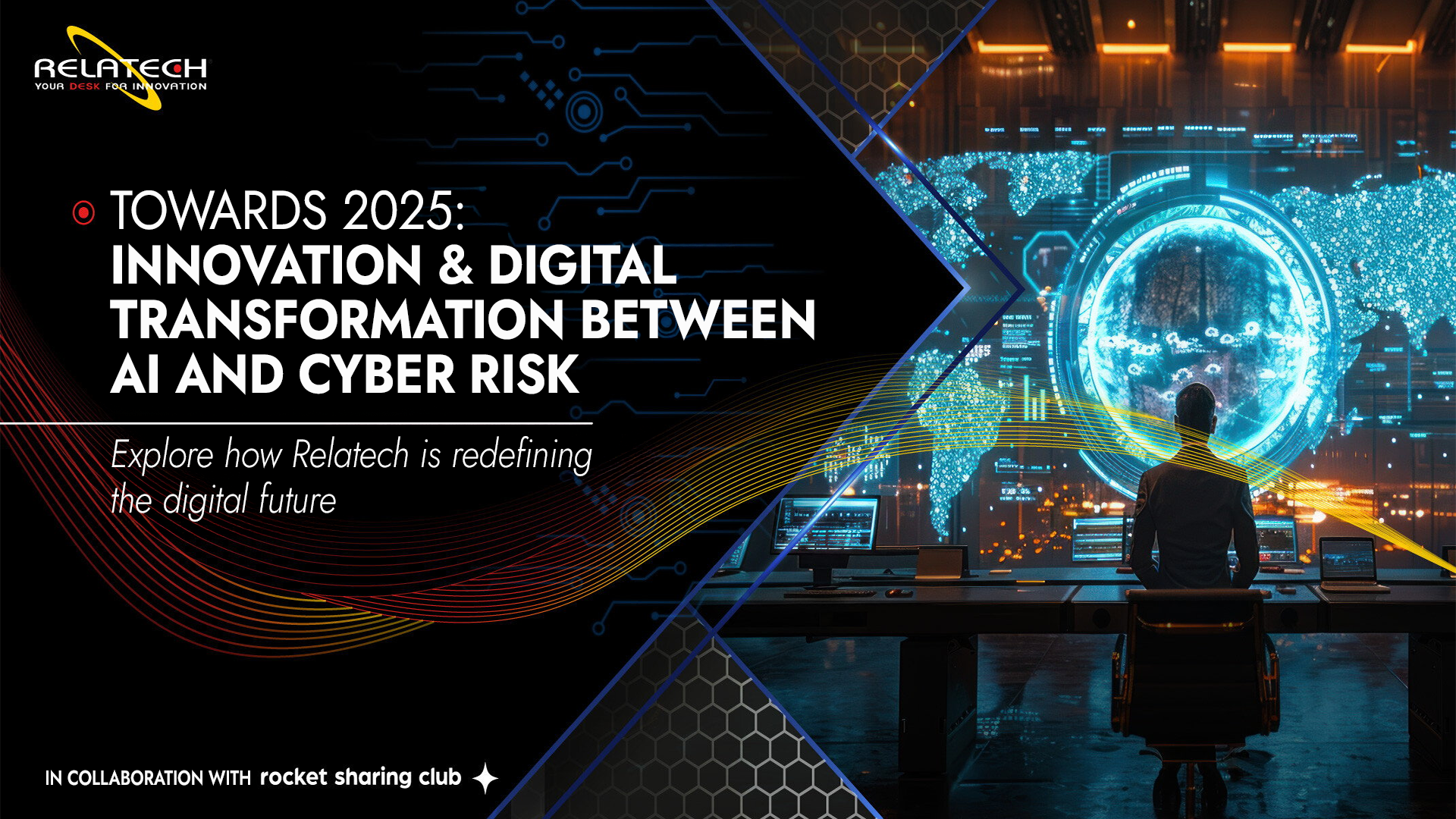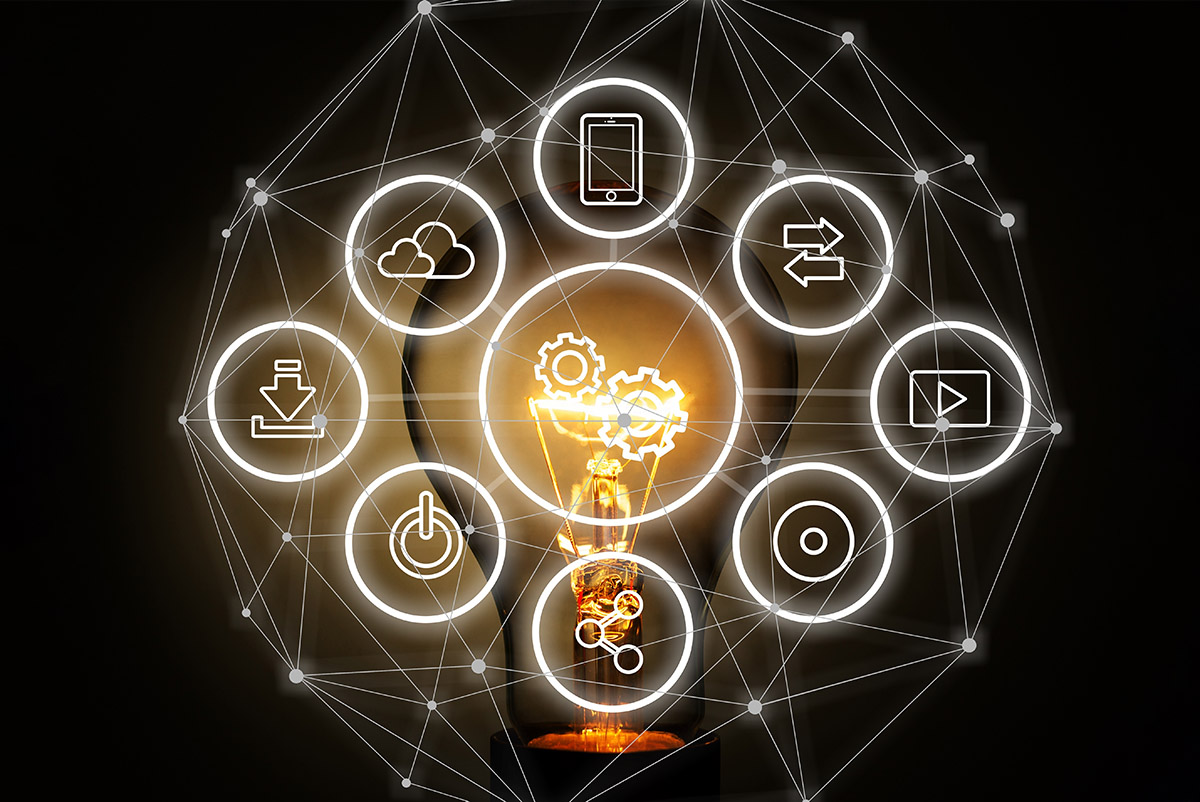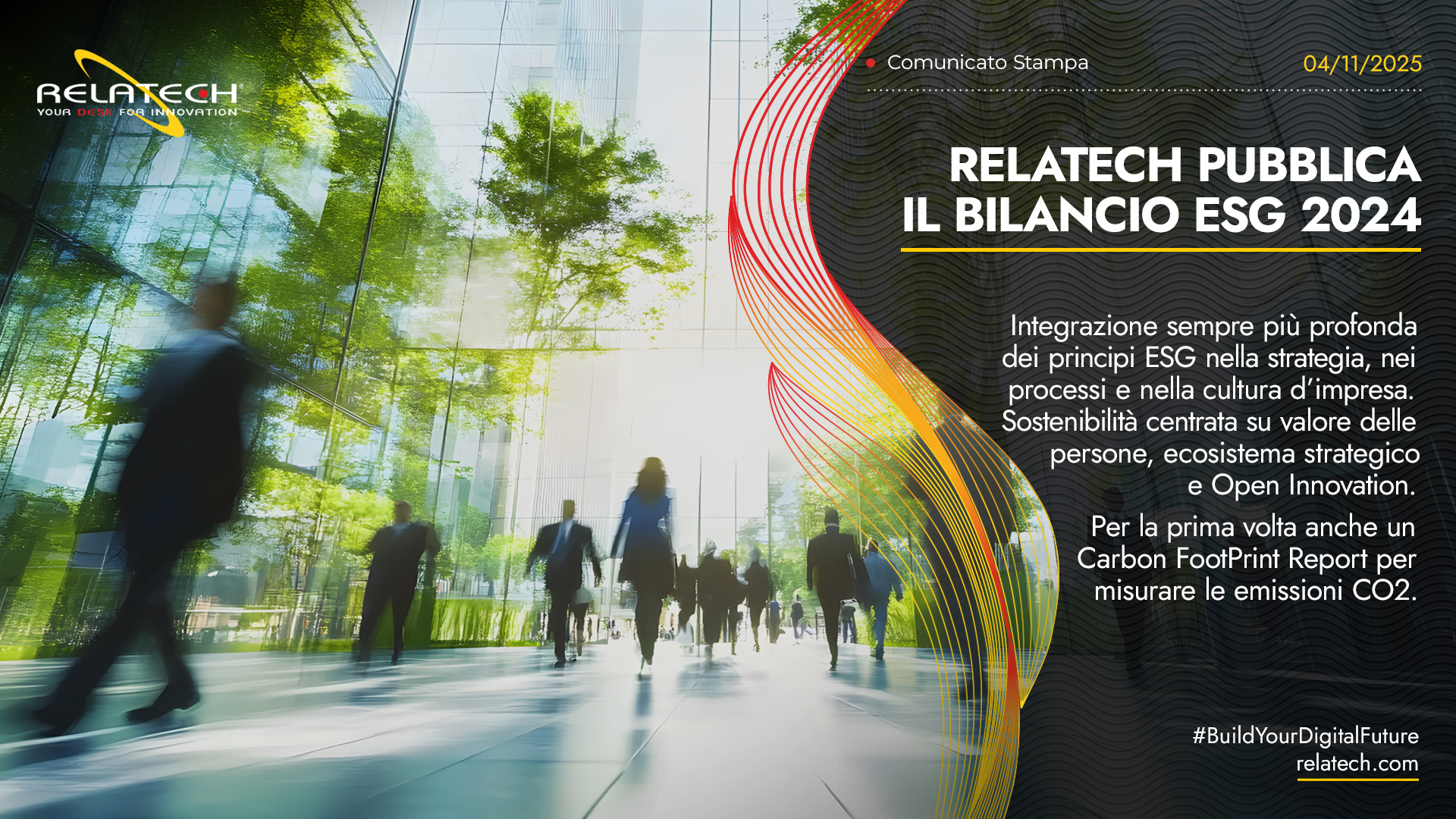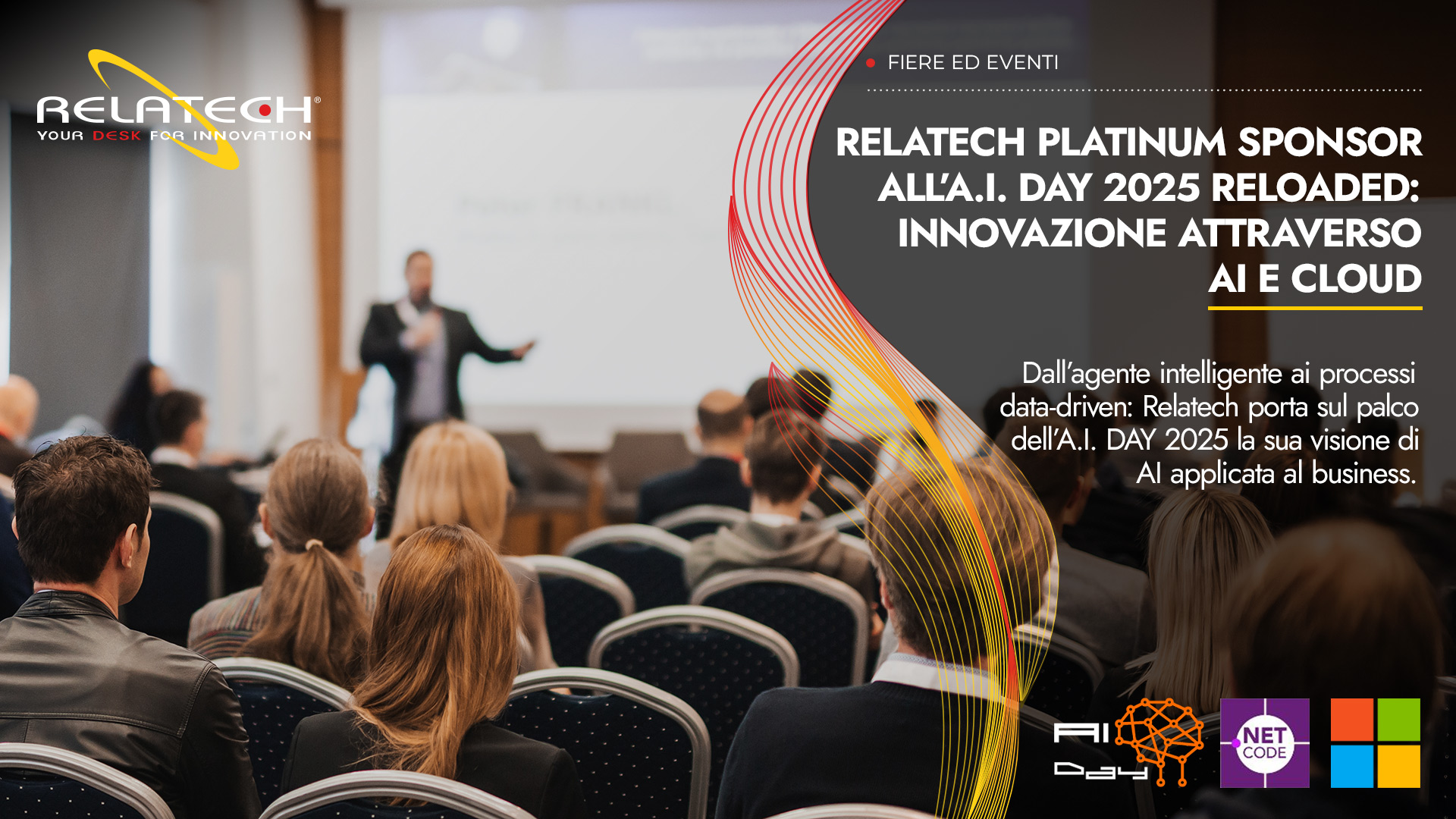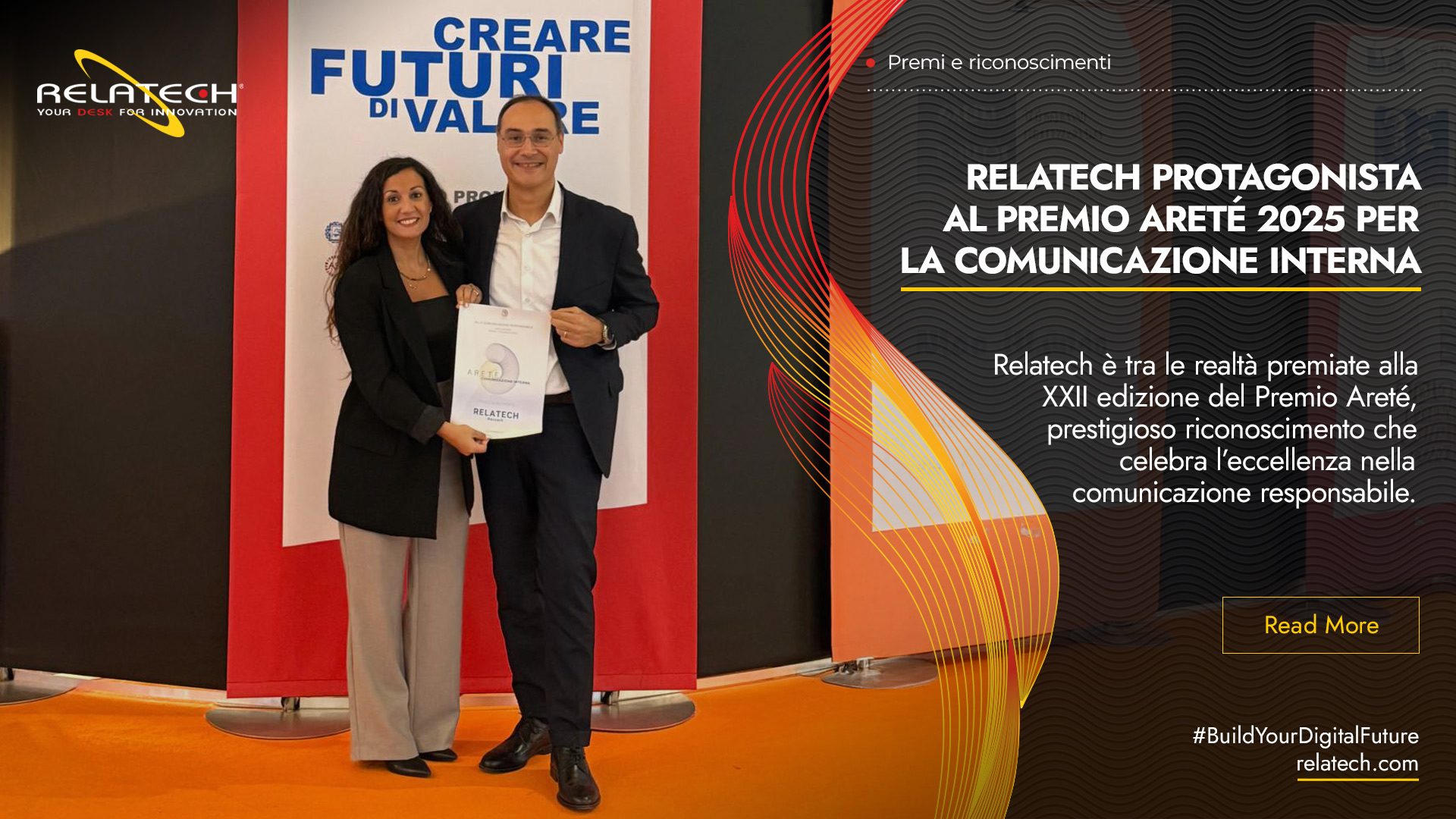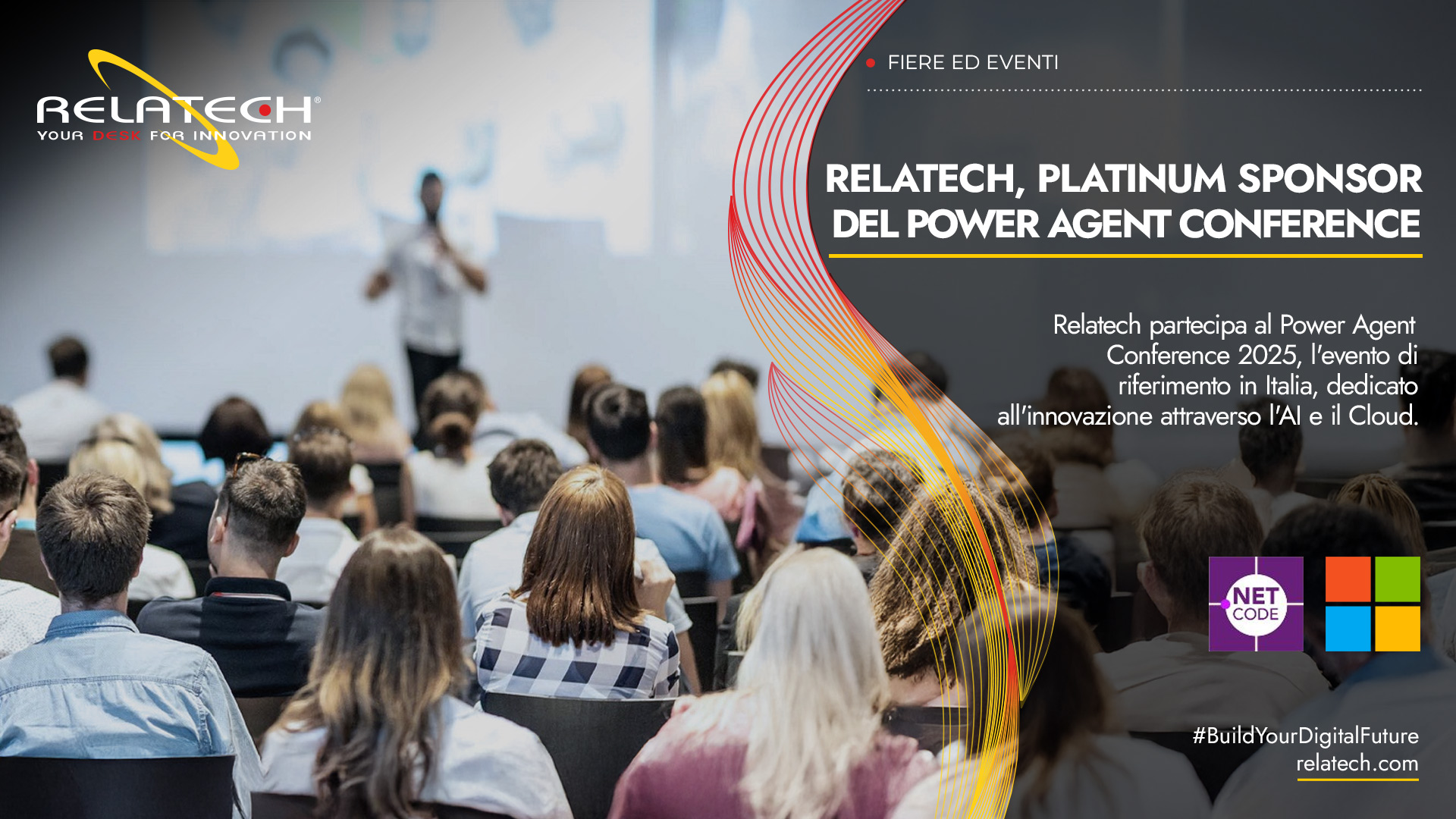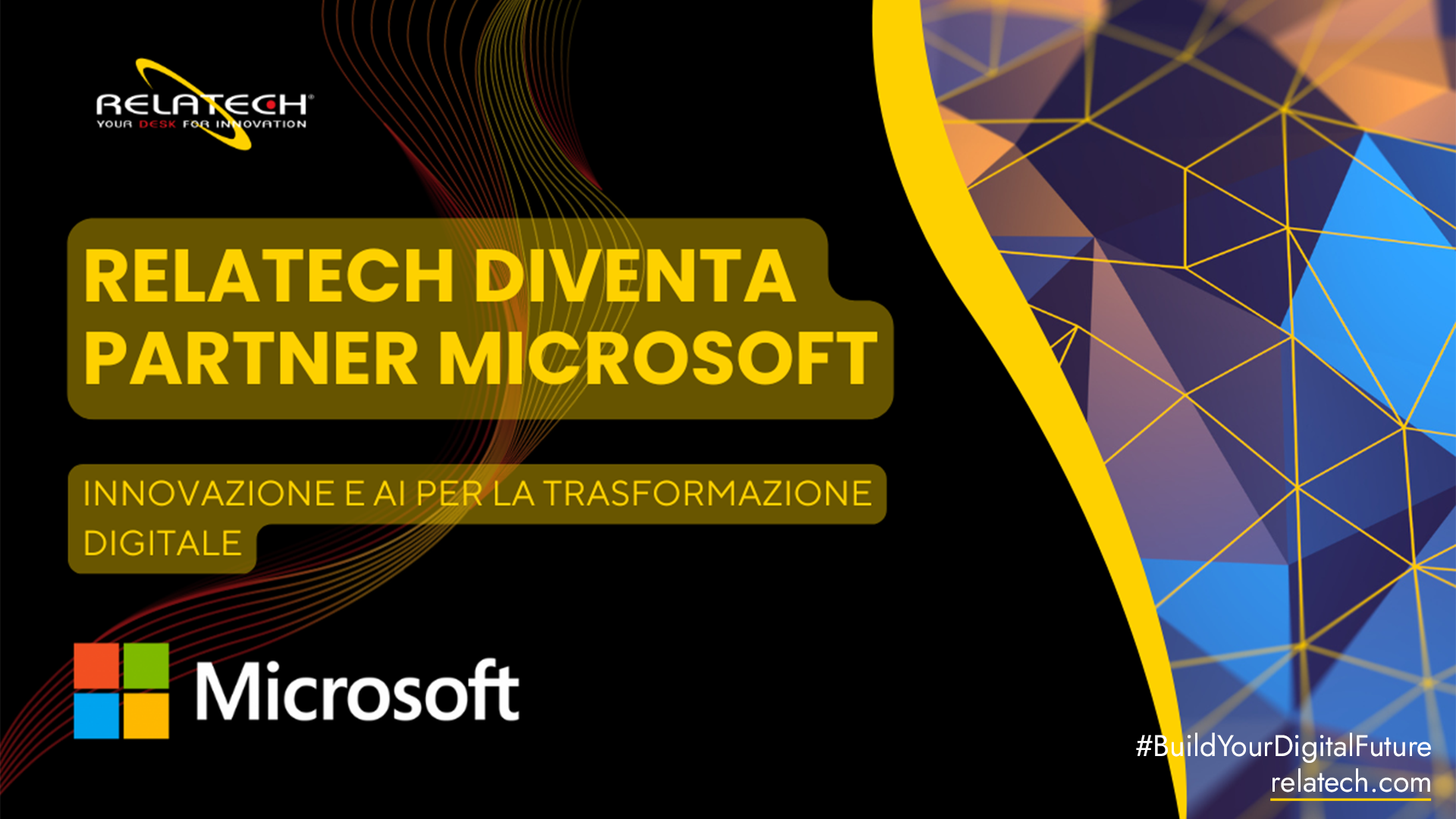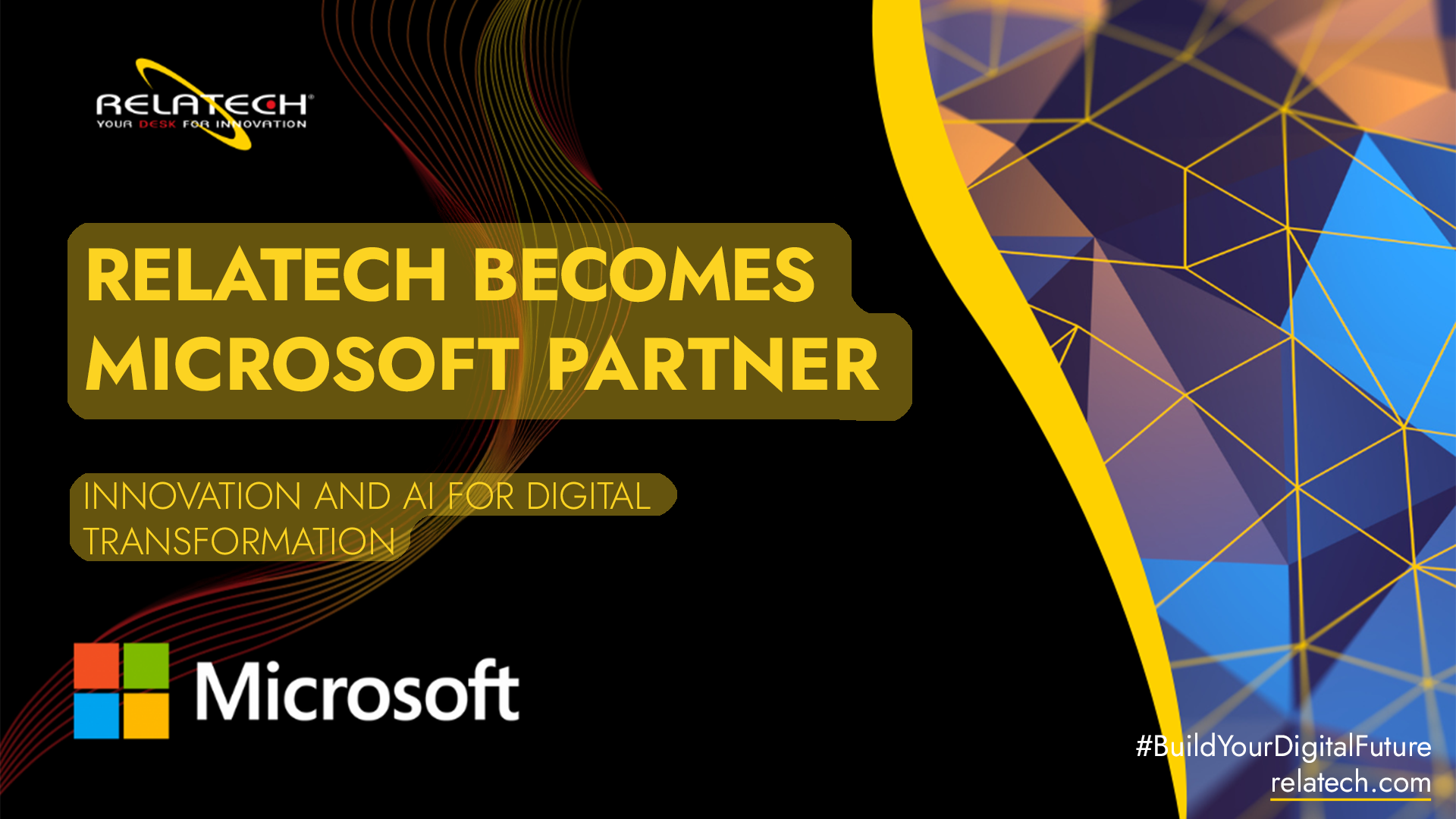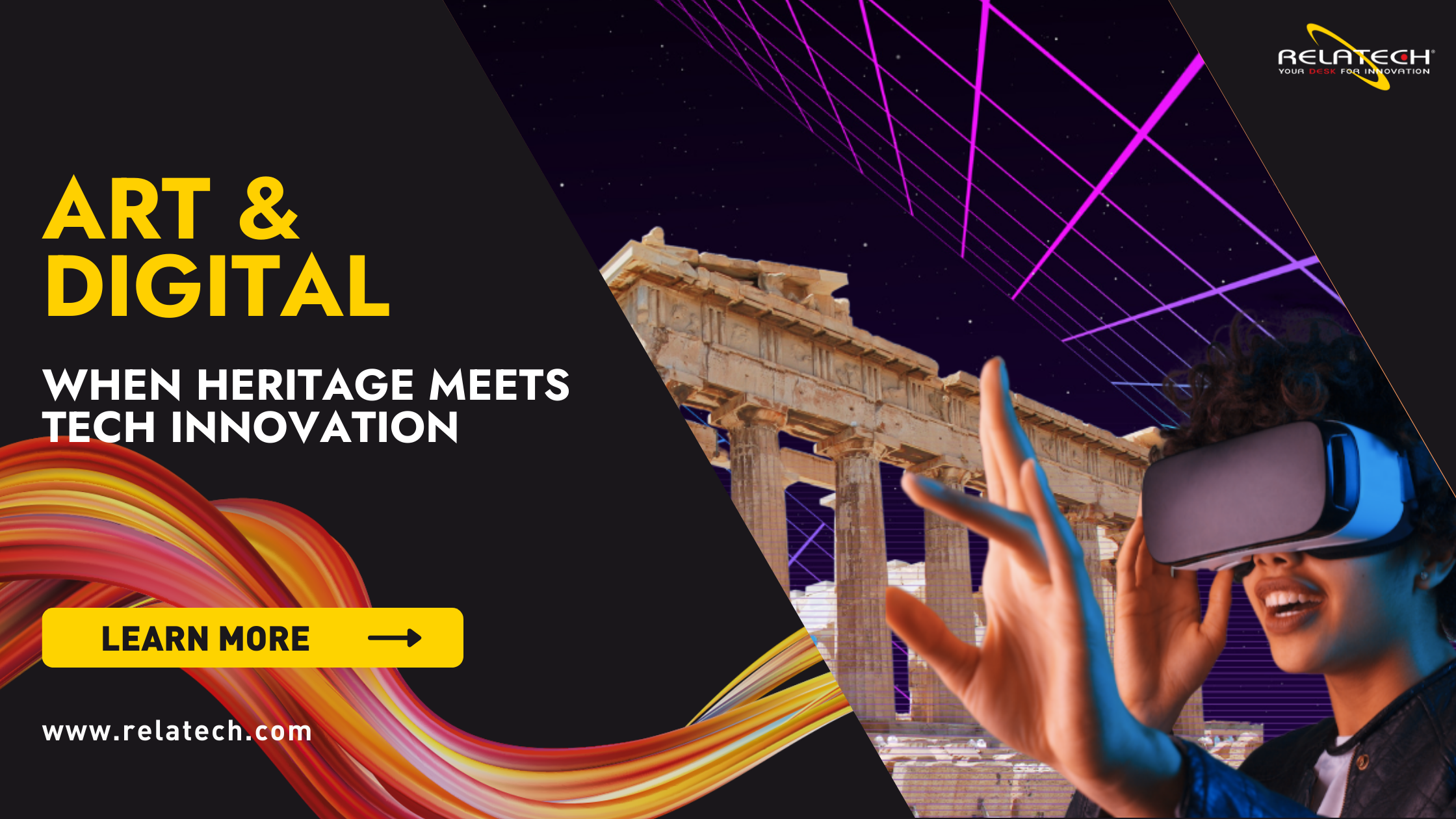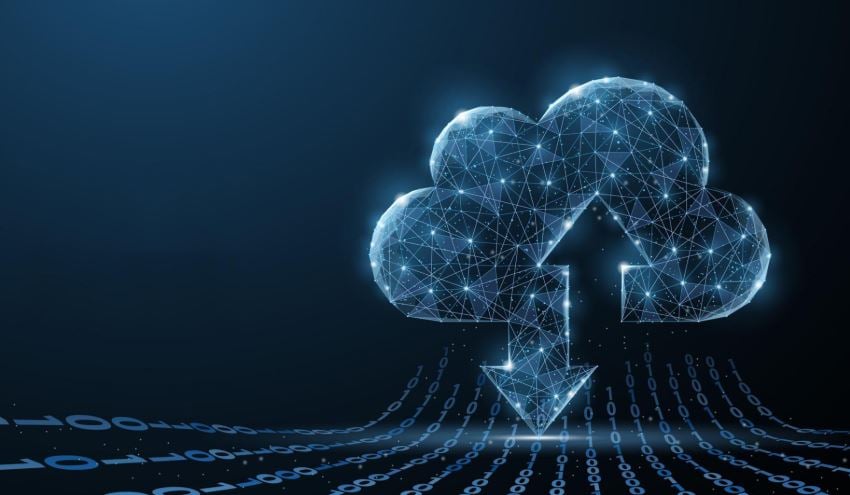Blockchain technology: data transparency and decentralization

Blockchain technology is often associated with the world of Bitcoins and cryptocurrencies. However, an increasing number of different applications are arising to exploit its ability to guarantee two critical aspects for any transaction on the Internet: decentralization and transparency of data. This means that Blockchain technology does not affect only finance and banking sectors, or payments in general but possibly any industry. Decentralization, which is intrinsic to the very definition of a non-centralized register or decentralized Ledger, responds to a modern logic of sharing data, no longer held by a single central entity. The paradigm of the decentralized archive, implemented by the so-called Distributed Ledger, allows a plurality of subjects sharing the same data and acting as a distributed authority and has its most advanced expression in the so called, that has no central instance at any level. In fact, the relative Observatory of the School of Management of the Politecnico di Milano is called Blockchain & Distributed Ledger.
Blockchain & Distributed Ledger, some information
The latest research by the Blockchain & Distributed Ledger Observatory highlights this sort of Blockchain technology release from the Bitcoin market, underlining how, despite the collapse of cryptocurrencies in terms of capitalization, the interest of companies towards it has grown anyway. In the period between 2016-2018, in fact, the Blockchain projects carried out by companies and public administrations were 579. Even in our country, where the knowledge of the "chain of blocks" is still poor, in 2018 about 15 million euros were spent in Blockchain technology and Distributed Ledger. The reasons for its diffusion, both in Italy and globally, lie in the ability to ensure the exchange of “certified” data without intermediaries. Although companies in the financial sector still prevail over the others in the implementation of Blockchain technology, just because they started earlier, their weight on the total of the projects considered has decreased from 80% in 2016 to 48% in 2018. Next in the list are public administrations (10%), logistic operators (8%), agribusiness companies (5%), media (5%), utilities (4%) and companies in other sectors.
The decentralization in the Blockchain technology
Blockchain technology uses a distributed database working simultaneously on multiple computers and not on a single server, and it provides different ways to avoid data loss, including: Replication of the database or its Duplication. The decentralization of the Ledger introduces an important shift, registered by the Observatory in any impacted economic sector, from a central system owner of the validation of each transaction, to a Distributed Consensus approach where of all participants in the chain must collectively agree on the operations carried out. In other words, each participant, equipped with a double asymmetric key, can independently submit information changes in the network of nodes, but these changes can be committed only if they are verified and approved by all other members in the network. For this reason, the term Shared Ledger is also used, indicating both the peer-to-peer model at the base of the chain and the set of algorithms able to manage the collection of each participant consensus.
An example of transparency and trust ensured by the Blockchain
The decentralization goes hand in hand with the absolute transparency of data, just because the transactions submitted to the Blockchain are visible to all participants. To understand the role that transparency plays in a system based on widespread cryptographic mechanisms, it will be enough to refer to one of the most promising areas where Blockchain can be applied: Agri-food. In Agri-food, in fact, traceability is an essential requirement, also reinforced by law.
To insure that the "history" of a food product, for example in the processing industries, be transparent and consistent from the supply to the packaging and final distribution to the market, a process is needed in which all actors involved (producers, packaging companies, operators logistics and transport, etc.) can take specific actions (orders, shippings, transports …) constantly sharing any relevant information (qualities, quantities, dates, values) with all others without the possibility of changing previously provided information unless the consensus by all others is obtained. The Blockchain technology and the Distributed Ledger can fuel this process and grant as such the auditability of the path the product has been through, and the trustworthiness and immutability of information provided. These concepts are at the base of transparency and are strictly connected to the preservation of data from the potential risks of tampering or alteration.
